Goslar: Ore Mines and Their Secrets
This year has been a mental rollercoaster on the work front, with way too many paper rejections. I finally got two weeks free, where all I could do was wait for two more rejections (which, to my surprise, turned into two acceptances—yay!). With the perfect summer weather and my fiancé flying in from the U.S., we decided it was the perfect time for an impromptu trip.
We decided on a short trip to the Harz Mountains, in the charming and historic town of Goslar. I’d spent half a day there last year and loved it, but I knew there was more to explore. Now, this might sound funny, but I was most excited about our Airbnb. It was an independent, half-timbered German house right in the heart of Goslar’s UNESCO World Heritage old town. Staying in one of the most well preserved cities in Germany felt pretty special! The house was cozy, but the weather wasn’t great for a typical German home (no A/C, no fans, remember?). Impromptu trips rarely go off without a hitch, right?
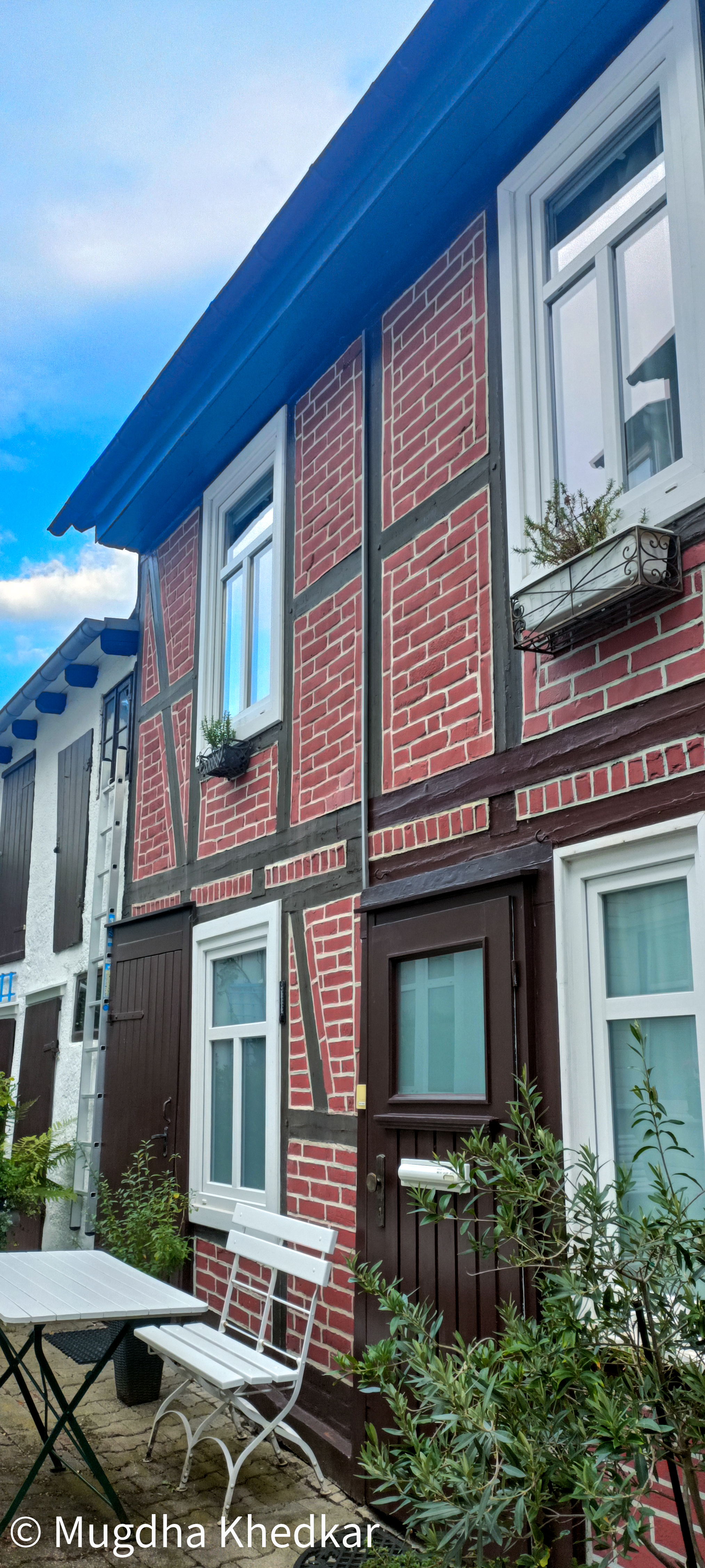
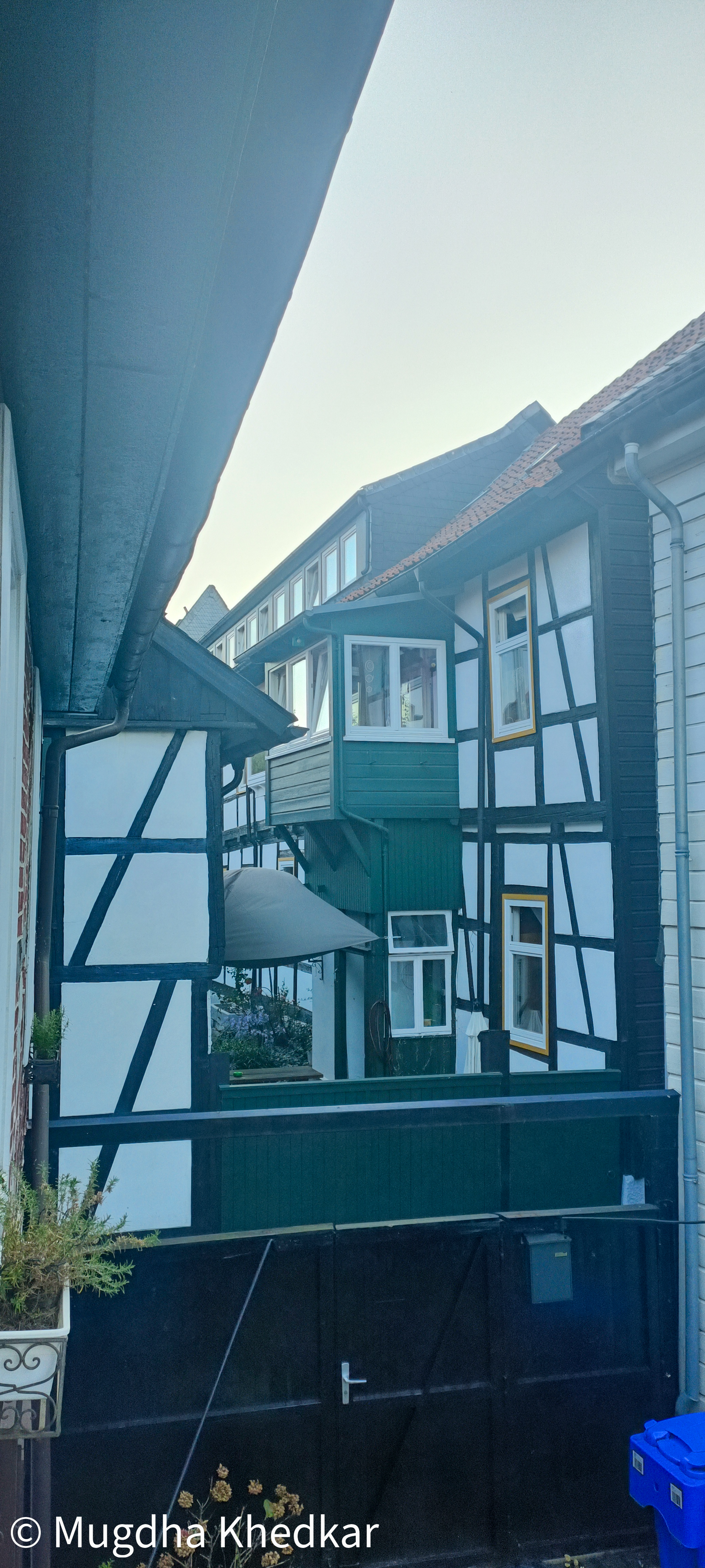
Left to Right: Airbnb and the view from our window
We spent a large part of our afternoons walking along the little stream, Abzucht. The banks were lined with the most gorgeous half-timbered houses, and I couldn’t help but imagine how Germany might have looked if the Second World War hadn’t happened. While walking along the picturesque town, my fiancé and I stuck to our usual travel tradition: wondering what life is like for the locals here in Goslar.
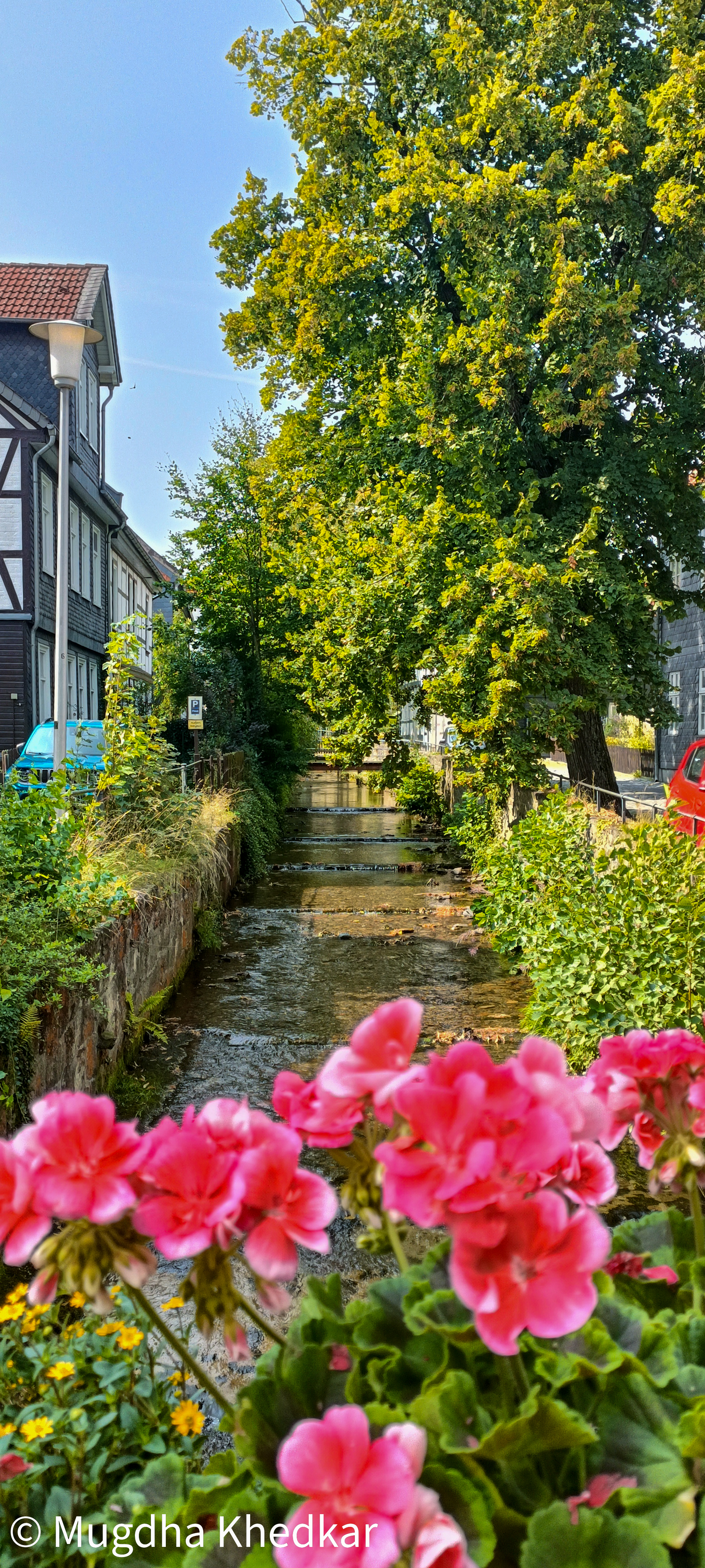
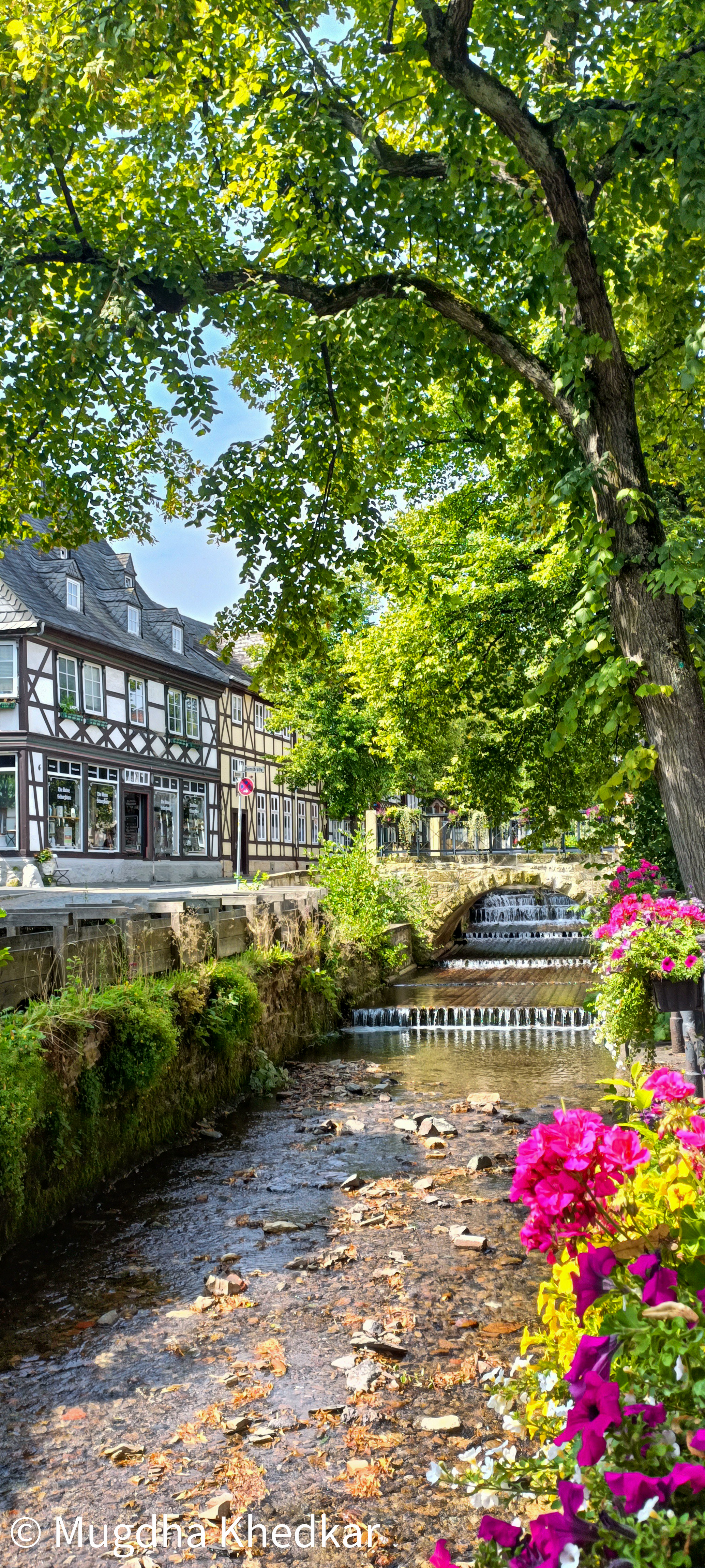
Before we knew it, it was time for another classic European tradition—climbing up a bell tower for some stunning panoramic views of the town! The tower had a loud bell that rang every quarter hour, which was an innovative way to make sure tourists didn’t overstay their welcome. While the views were absolutely worth the noise, we left in a hurry, excited to explore the most unique aspect of Goslar: its ore mines.
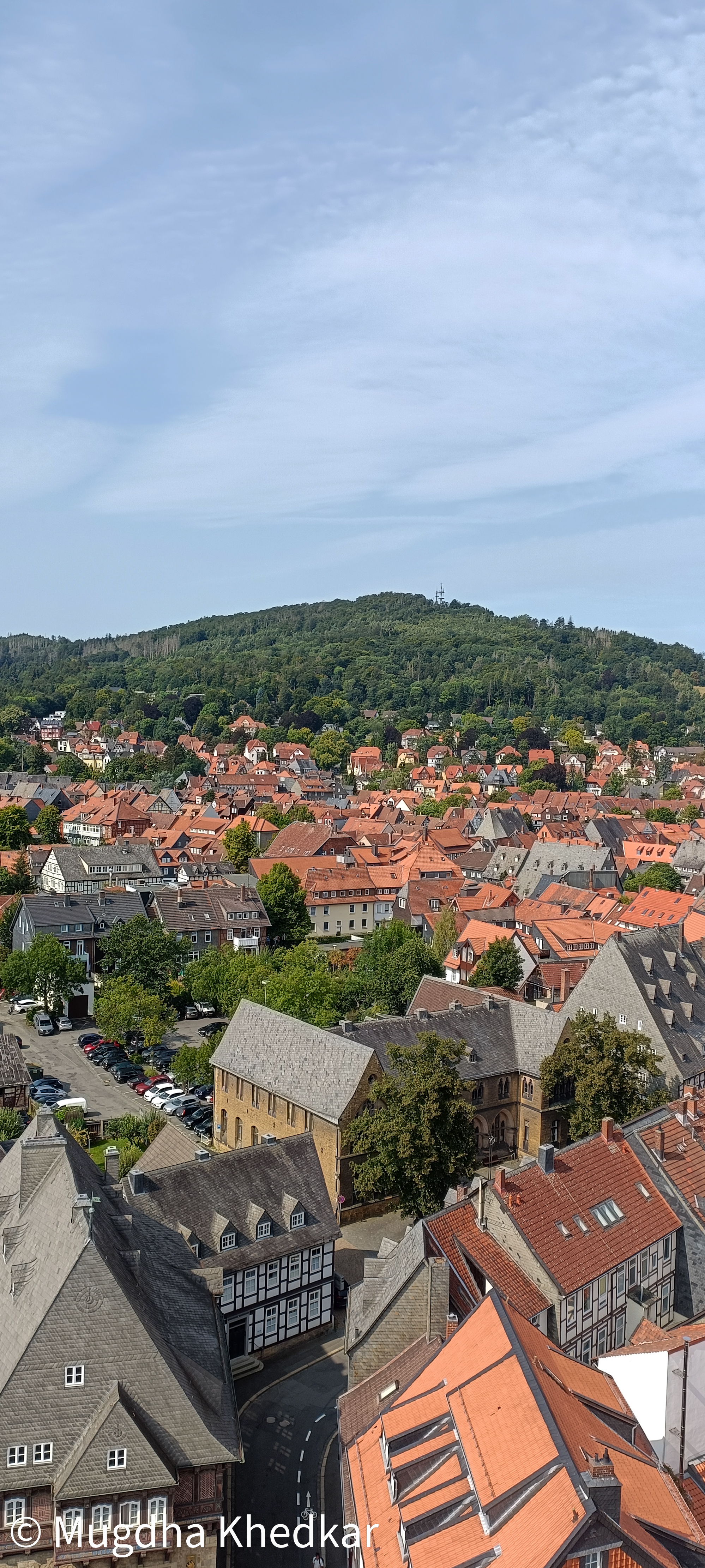
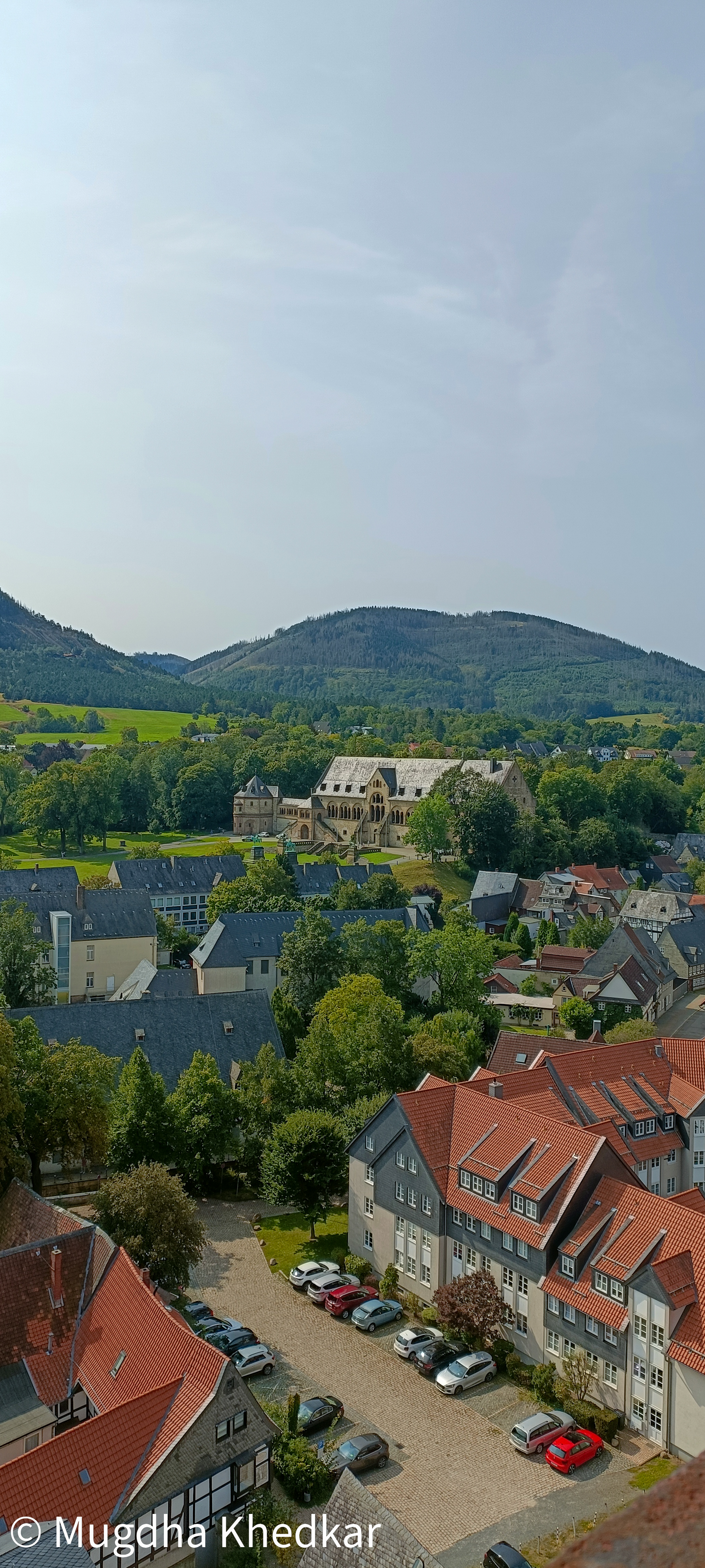
Mining in the Harz started with the Rammelsberg mines, where silver, copper, and lead were extracted. When it closed in 1988, it had been the only mine operating continuously for over 1000 years. By 1992, it was declared a UNESCO World Heritage site. Since we visited on a Saturday, they had guided tours in English. We joined one such tour, and the guide walked us through a miner’s typical day, starting in the changing room. Dressed in a mining manager’s uniform, he was this charming, grandfatherly figure who kept cracking jokes the whole time. “At least one of us is dressed for the job,” he joked in English, clearly his second language. It’s tough being funny in a foreign language, but he nailed it, and we all instantly warmed up to him!
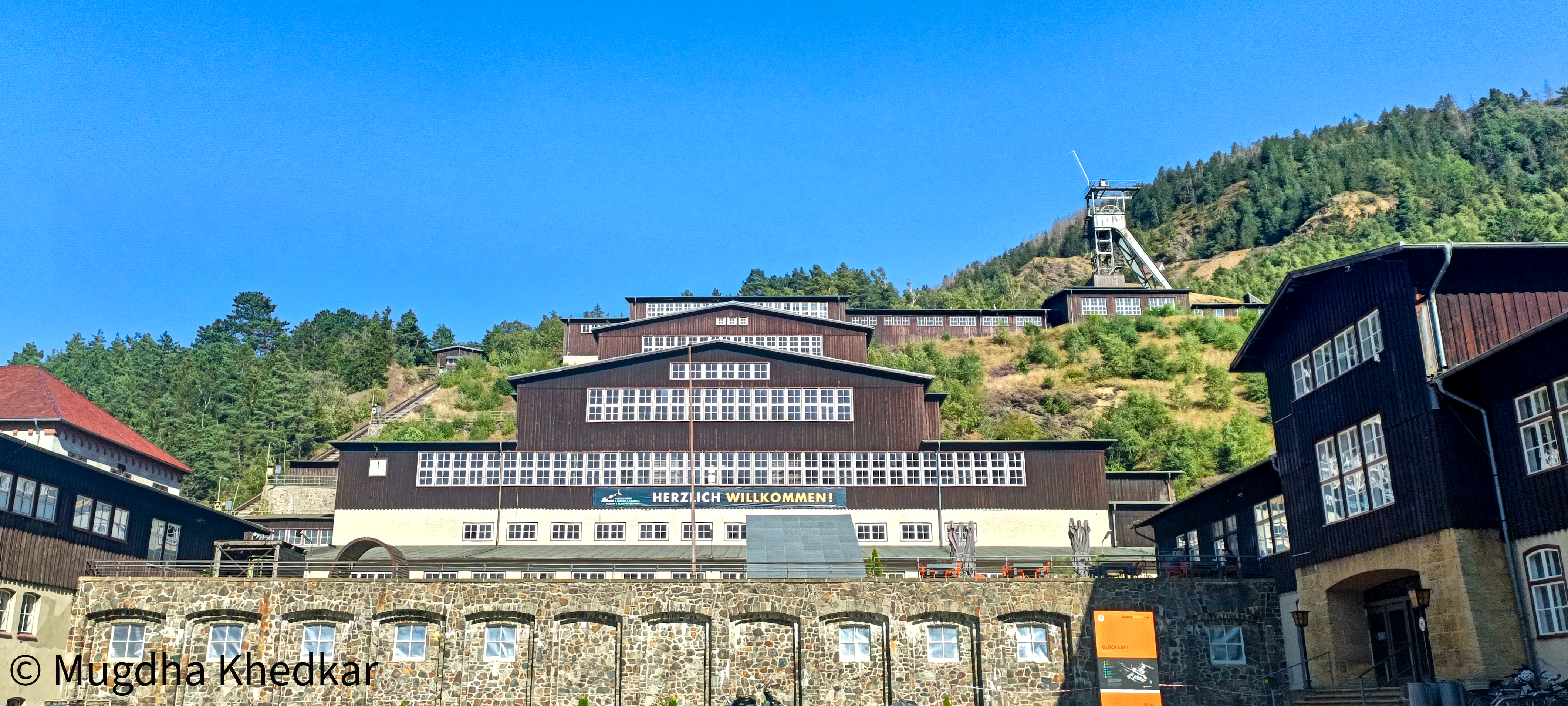
Rammelsberg mines
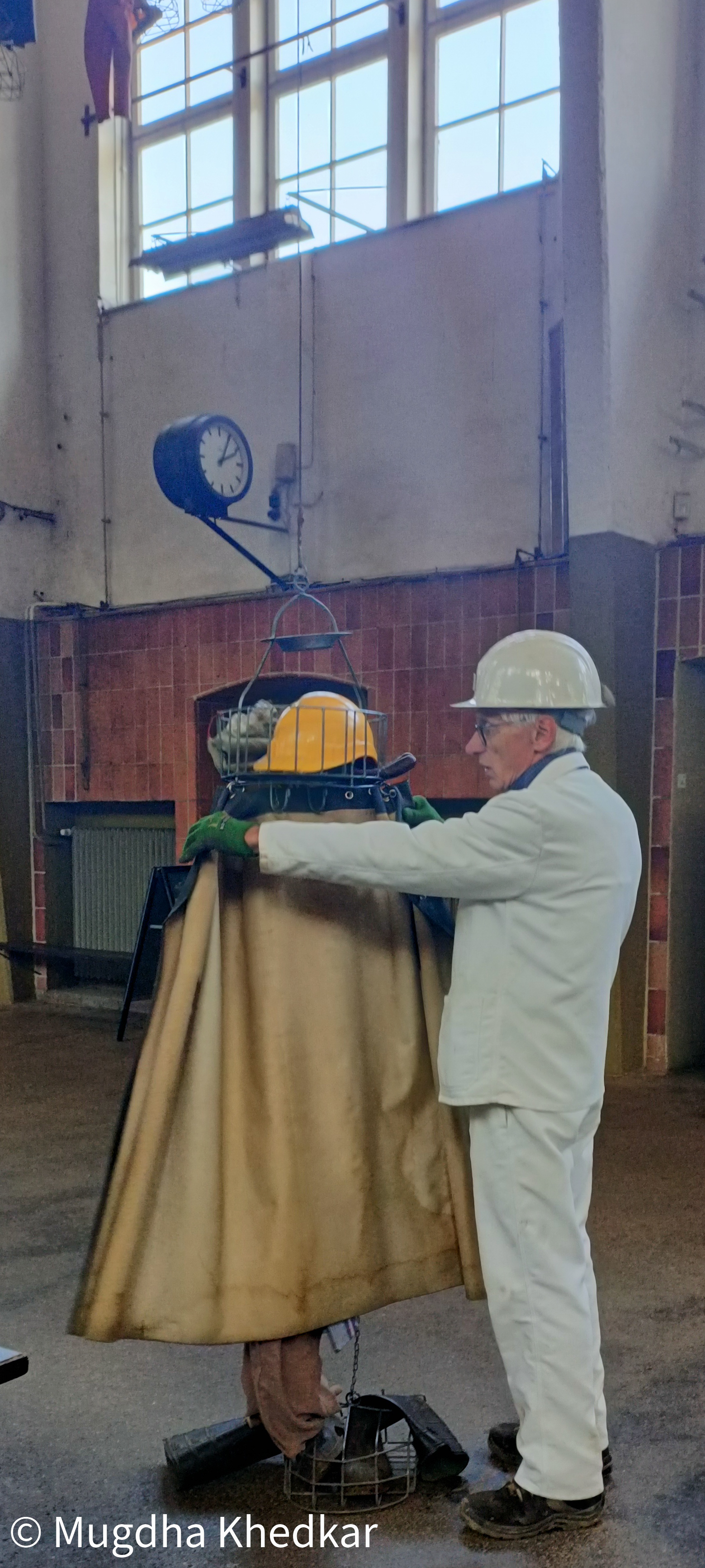
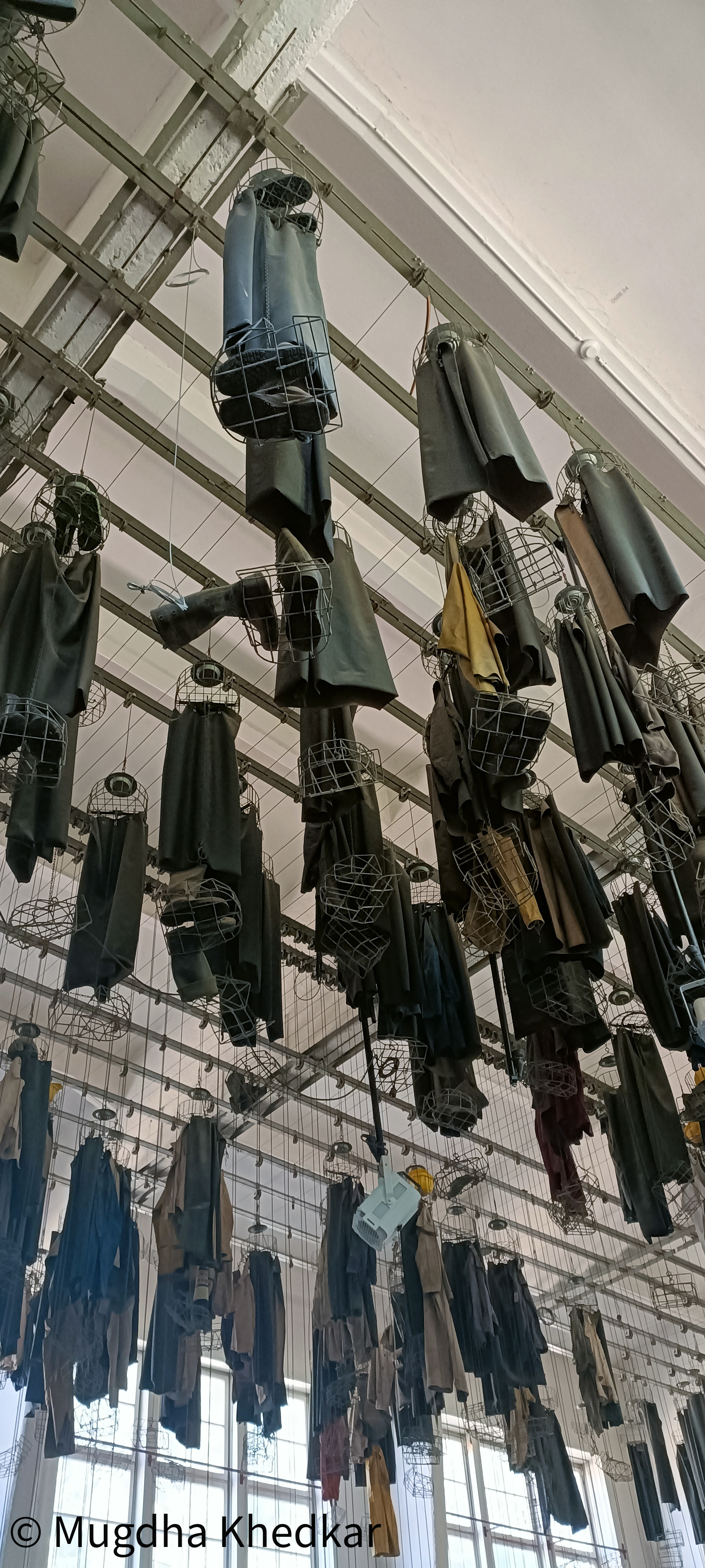
Our tour guide demonstrating how miners used the changing room
But this wasn’t even the best part! Next we took a little train ride down into the ore mines. It was short, loud, and reminded me of the magical world of Harry Potter, where Harry and his friends broke into the Gringotts bank. The train took us 300 meters underground, where our guide showed us the machines miners used in their work. We also got to see a fast elevator that moved at seven times the speed of a regular one! The whole tour lasted about an hour, and then we hopped back on the train for the ride up.
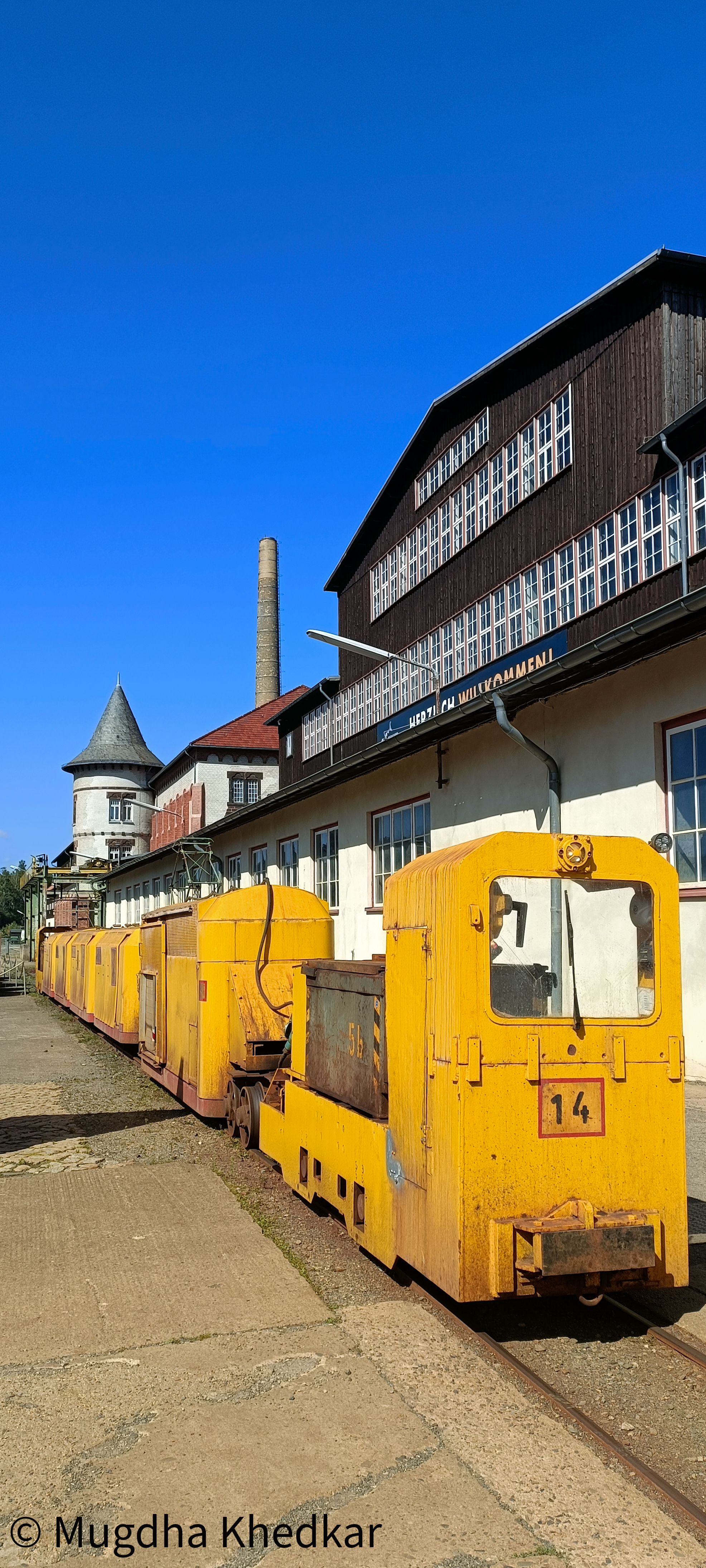
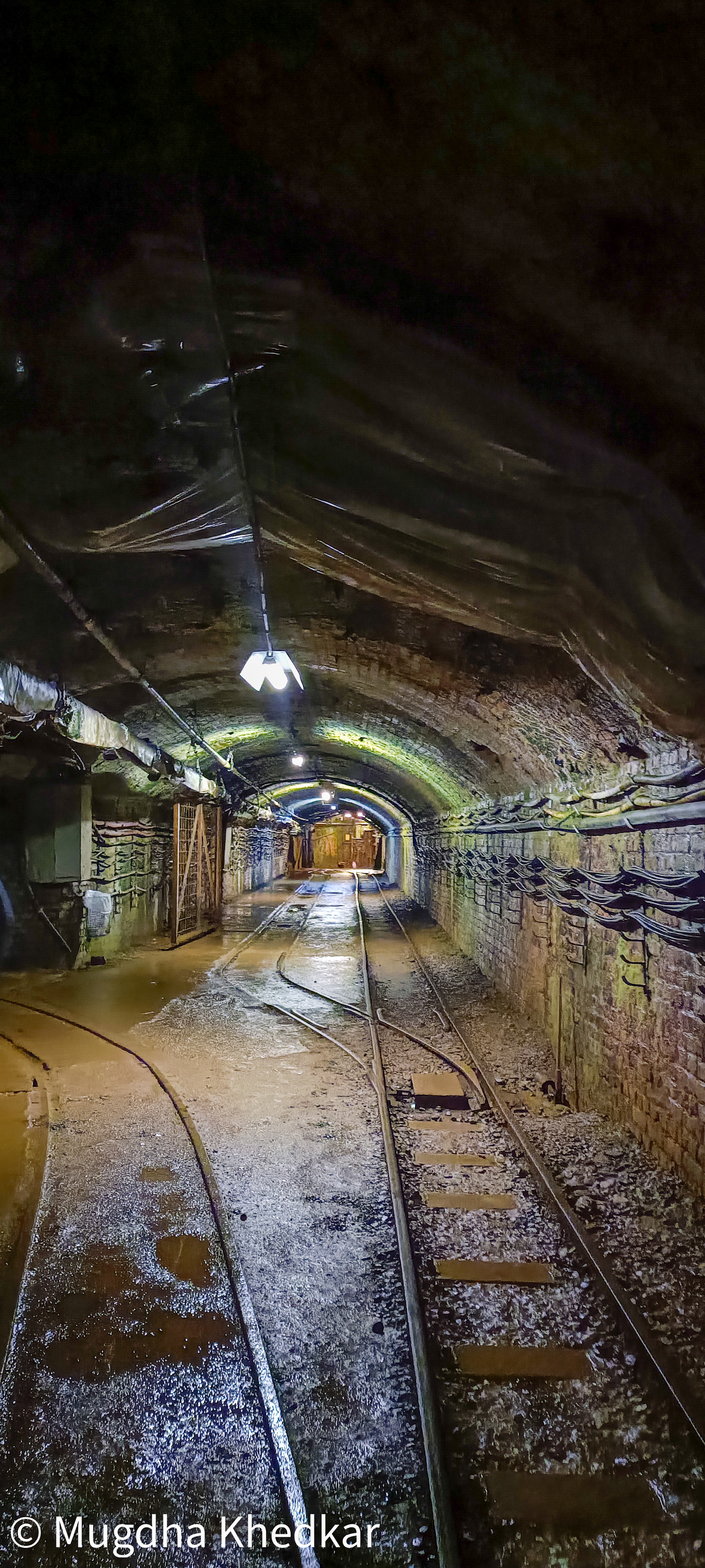
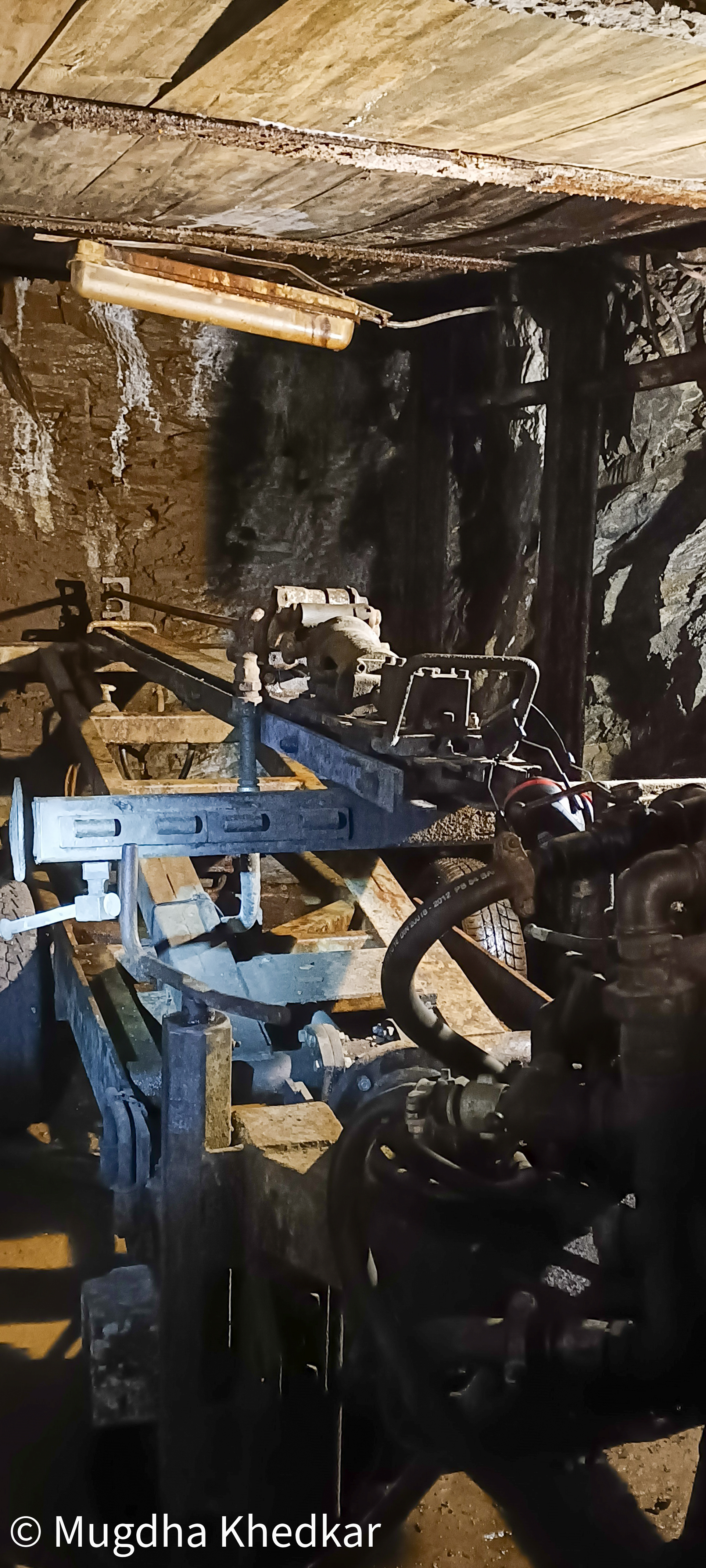
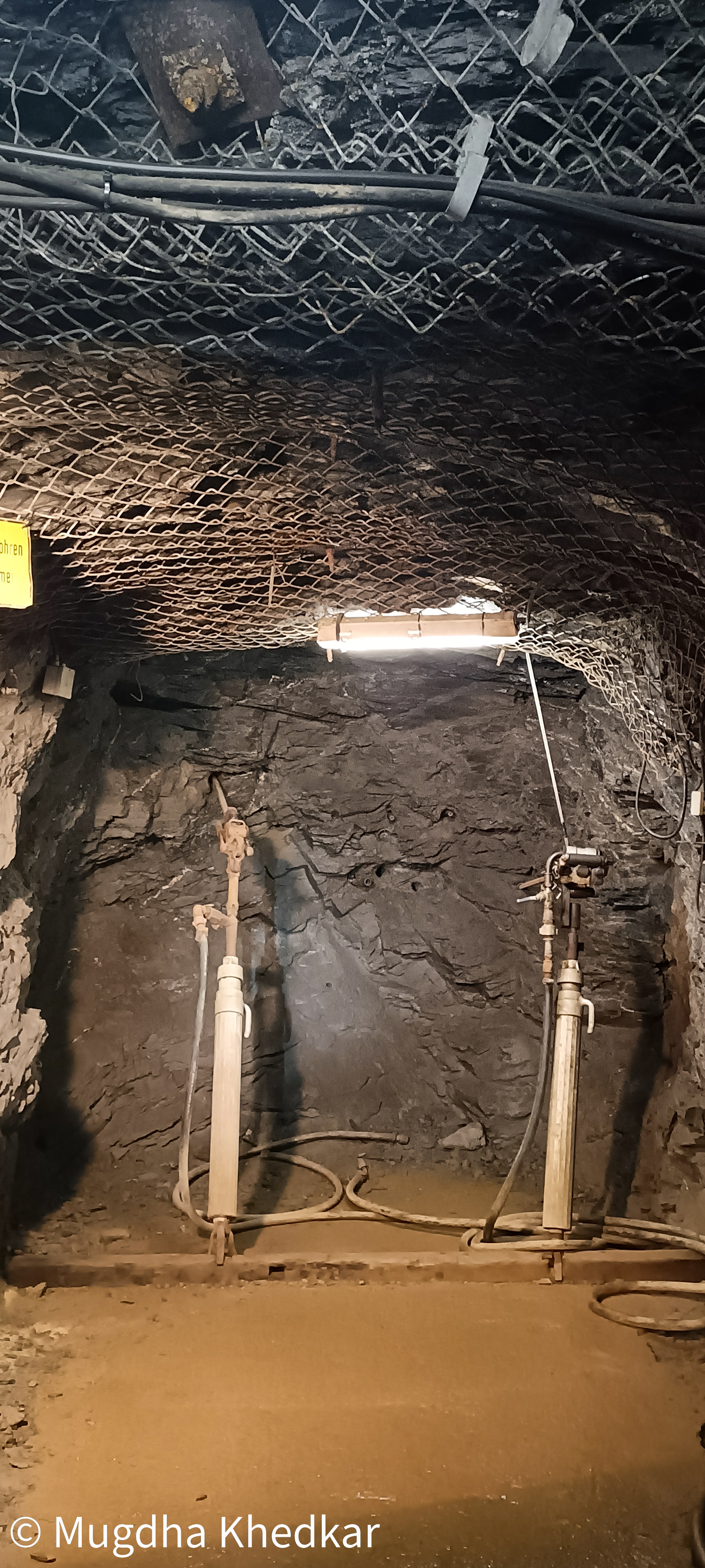
Goslar was spared from bombing during the Second World War. But that doesn’t mean the mines were untouched by evil. Germany never shies away from confronting its past, and the Rammelsberg mining museum showed us how the prisoners of war and victims of the Holocaust were forced to work in the mines during the Second World War. In fact, that’s one of the reasons Goslar remained safe during the war. Much like Budapest, Goslar’s charming cobblestone streets hide centuries of history beneath their surface.
Some people might think every European town follows the same formula: a river, a castle, a WWII museum, and a bell tower. But if you dig a little deeper (quite literally), you’ll uncover unique and pocket-friendly ways to explore Europe’s rich history and culture!
